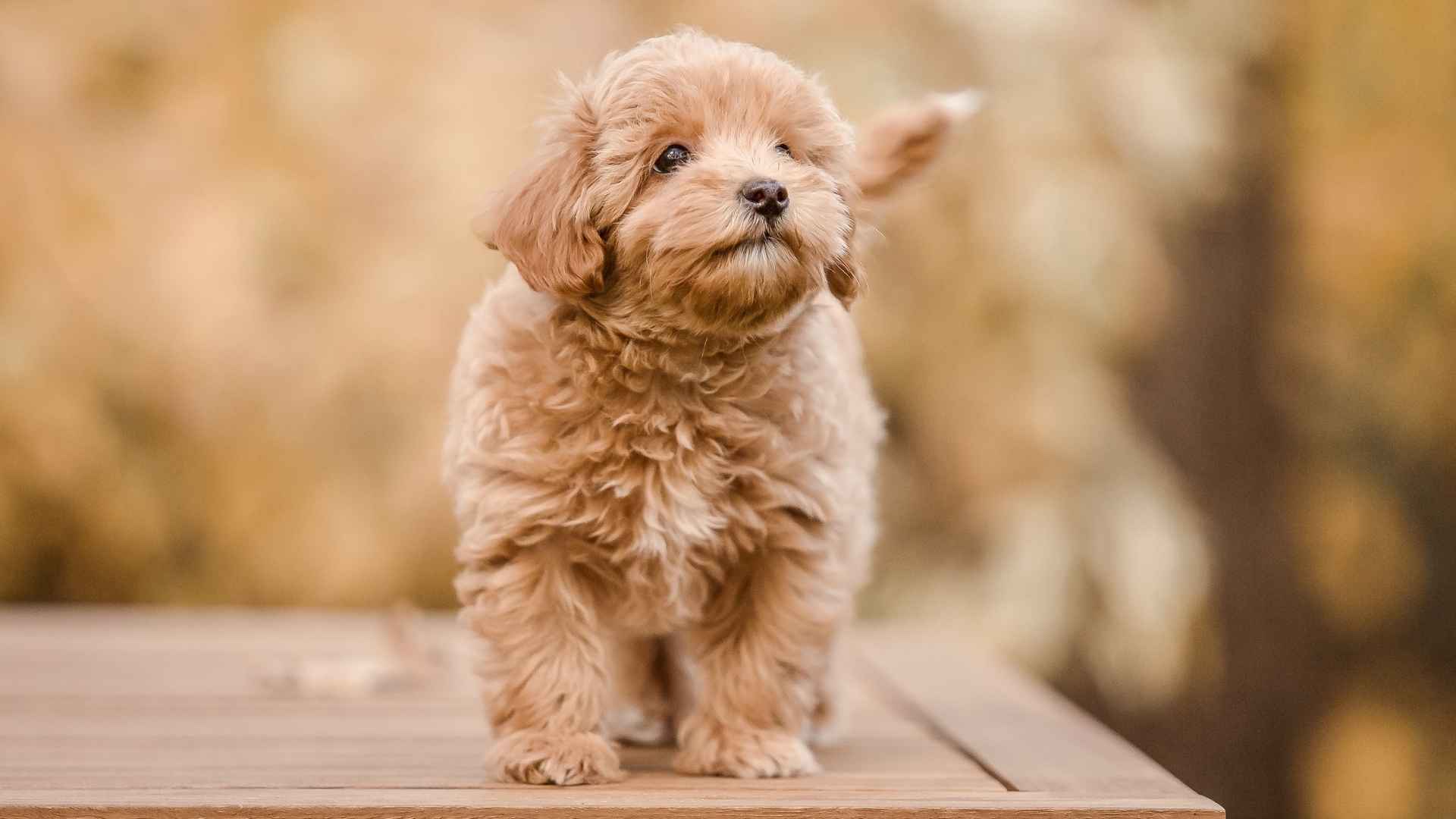In a time when the world is more divided than ever, one thing always brings people together: a happy, friendly puppy. It’s no wonder videos of wagging tails, playful pounces, and puppy kisses go viral in seconds.
People are craving connection, and few things deliver it like a kind-hearted dog. But while every puppy looks adorable, not every breed brings that same social spark.
Some puppies are naturally tuned to people, eager to make friends and share affection freely. That personality can make all the difference in your home. Especially now, when so many are seeking comfort, joy, and companionship.
Whether you’re joining the growing wave of first-time dog owners or looking to expand your furry family, picking a friendly breed matters. In this article, we spotlight the puppy breeds that naturally lead with love, joy, and a tail that never stops wagging.
Puppy Dog Breeds That Are Friendly
1. Cavalier King Charles Spaniel
Cavalier King Charles Spaniels are often chosen for animal-assisted therapy because of how gently they respond to touch and voice. Their reactions are slow, never abrupt, making them easy to trust for both people and other pets. They bring comfort through presence, not performance.
Great Fit for Multi-Person Households
They navigate between family members naturally, without favoring one person too strongly. Whether it’s a toddler pulling a toy or a senior resting nearby, they adjust without fuss. This evenness makes them low-conflict companions in shared spaces.
Welcoming Without Being Loud
Even during introductions, they don’t rush forward or bark excessively. Instead, they observe quietly and lean in with soft body language when comfortable. This steady, affectionate nature easily places them among the most balanced dog breeds for families.
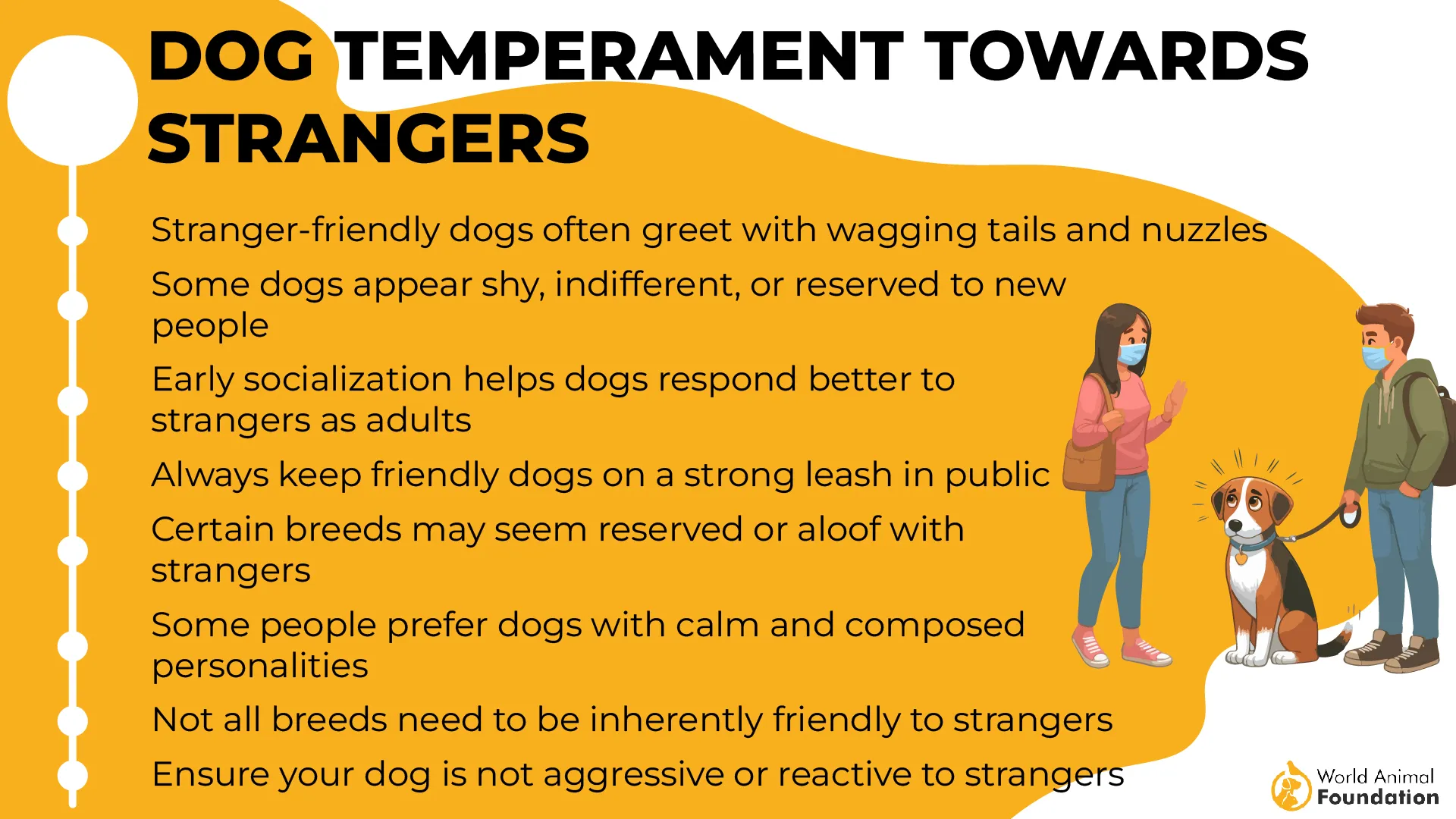
A Breed That Radiates Positivity
In temperament studies, they consistently show high tail activity during social interaction tests. It reflects how naturally they stay relaxed and receptive around people. Their cheerful behavior makes them a classic example of a genuinely friendly dog.
2. Pug
Did You Know: Dating back to 700 B.C., Pugs were once the official dog of the House of Orange in the Netherlands.
Pugs enjoy short bursts of physical activity, often zooming across the room or yard with real enthusiasm. They handle low-impact agility tasks well, especially those requiring balance and tight turns. Their compact body and eagerness to participate make playtime consistent and enjoyable.
Calm Reactions in Social Settings
Whether it’s a loud room or a visiting guest, Pugs rarely overreact. Their steady nature helps them blend into most environments without needing constant management. They’re especially easy to bring along to cafés, patios, or short outings where overstimulation can be common.
Cooperate with Both People and Pets
Most Pugs live peacefully with cats and other dogs, thanks to their mild temperament and lack of territorial behavior. They avoid dominance displays and tend to respond to cues from other animals rather than challenge them. That balance helps maintain group harmony in shared spaces.
Ancient Breed with Royal Approval
A Pug named Pompey is famously credited with alerting Prince William of Orange to an assassination attempt. Their deep-rooted history still draws in many dog handlers today seeking loyalty and character among friendly dog breeds.
3. Poodle
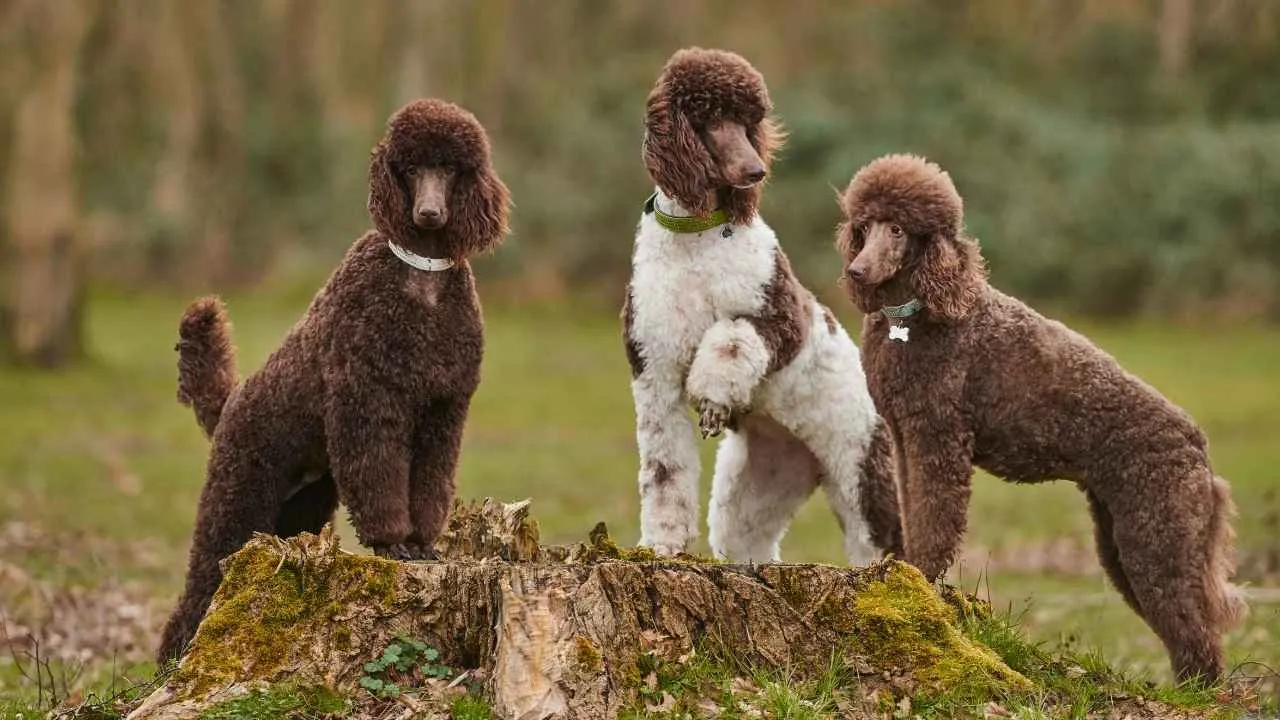
Poodles rank among the top five smartest breeds in formal canine intelligence tests, as per PetMD. They retain commands with fewer repetitions and apply them independently in changing situations. Their problem-solving is often compared to that of a two-year-old child.
High Endurance with Real Muscle Control
Bred as water retrievers, they have precise muscular coordination, even when swimming or leaping. Their gait is upright and light, which helps in obstacle navigation. This physical control allows them to adjust movements with minimal effort.
Adaptive to Human Communication
They recognize tone, gestures, and short routines quickly, often syncing with the daily patterns of households. Because of this, they integrate well into structured settings, especially where routines support bonding. These traits are especially useful for first-time owners.
Historically Clipped for Utility
The classic Poodle haircut was designed to protect joints and vital organs while keeping legs free for movement in cold water. Though sizes vary, even little dogs in this breed line retain this athletic heritage. Their intelligence also places them among the most naturally affectionate dogs.
4. French Bulldog
French Bulldogs have muscular, low-set builds that allow them to sprint short distances with surprising energy. Their athleticism is often underestimated due to their size, but they enjoy short bursts of tug or fetch. Activity works best when kept brief and paced.
Enjoyment of Human Proximity
They seek out closeness, preferring to nap near their people or follow from room to room. Rather than being clingy, they mirror the environment—calm in quiet rooms, alert in busy spaces. Their quiet presence makes them an affectionate breed that adapts easily to daily life.
Naturally Play-Oriented Behavior
Even as adults, they often retain puppy-like reactions to new toys or sudden movements. They respond well to interactive games, especially those involving light chasing or gentle wrestling. That energy keeps their status as a true playful dog well-earned.
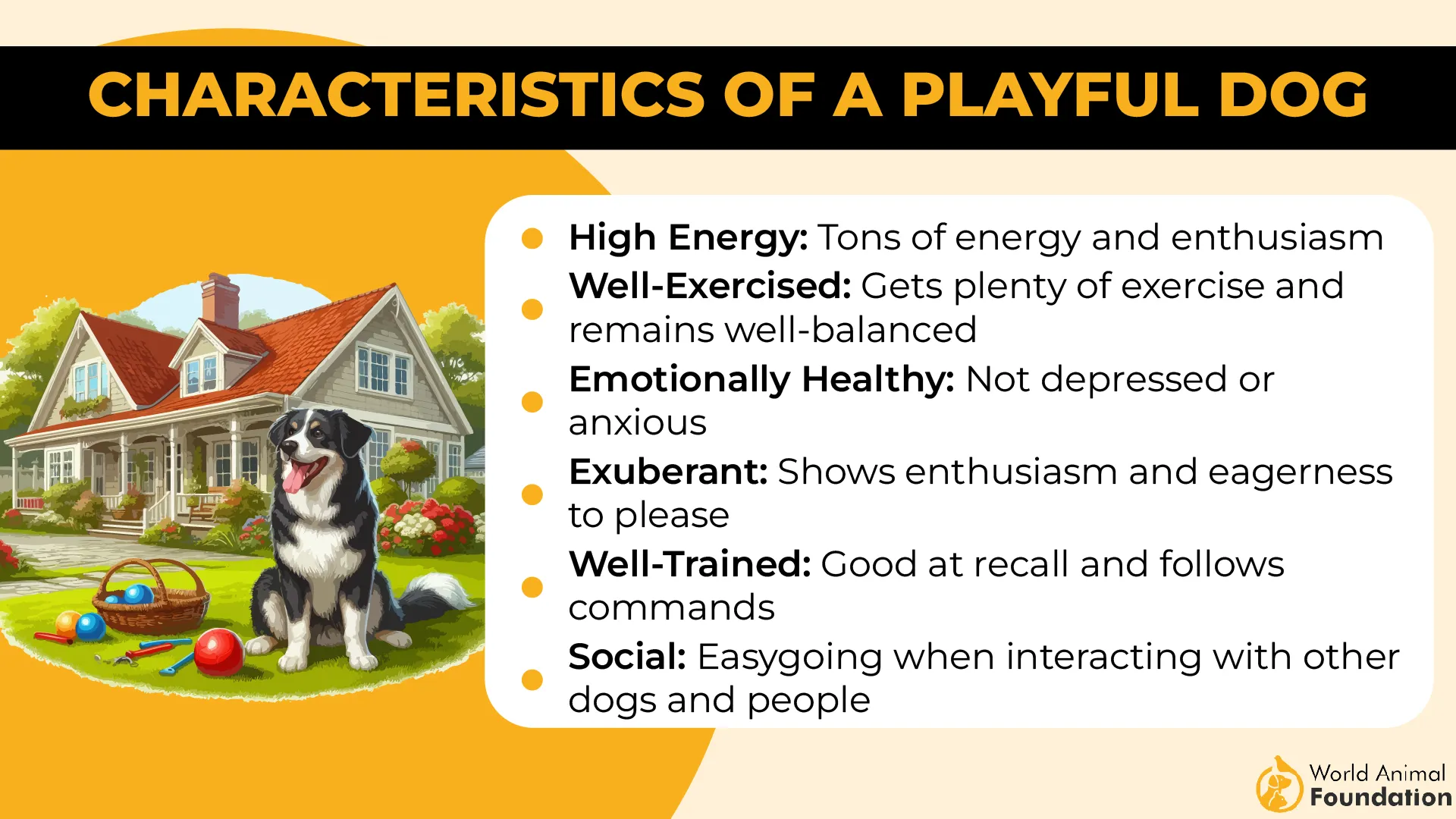
A Breed Once Banned from Flights
Due to their brachycephalic features, many airlines restricted French Bulldogs from air travel after respiratory incidents mid-flight. This well-documented policy shift highlights their unique breathing needs. Their charming personality, though, still makes them a top-friendly breed across city homes.
5. Shih Tzu
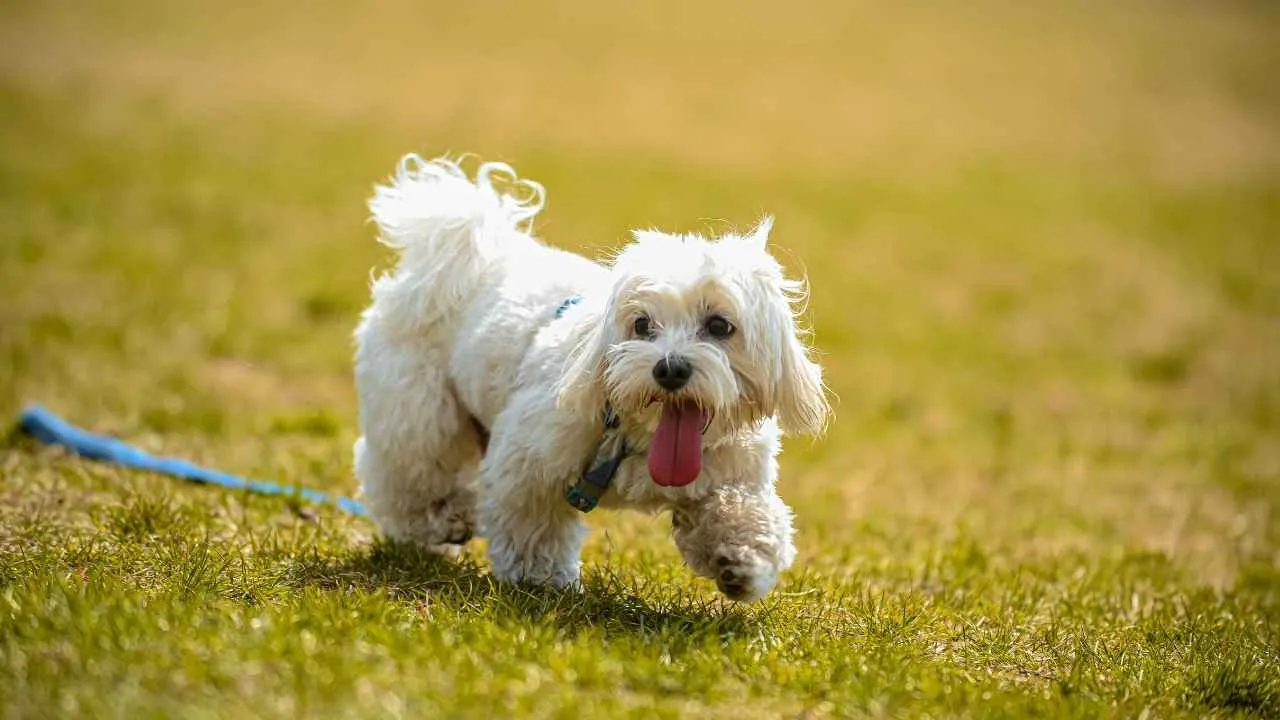
Shih Tzus were originally bred to live inside Chinese imperial palaces, where calm behavior was not just preferred but expected. Their low reactivity makes them ideal for homes with close living spaces. They stay content without needing constant movement or distraction.
Surprising Athletic Ability
Though often seen as lap dogs, they show notable agility during indoor play and light training. Their strong rear legs give them quick bursts of movement, helpful during puppy games or obstacle navigation. They move with short but controlled energy.
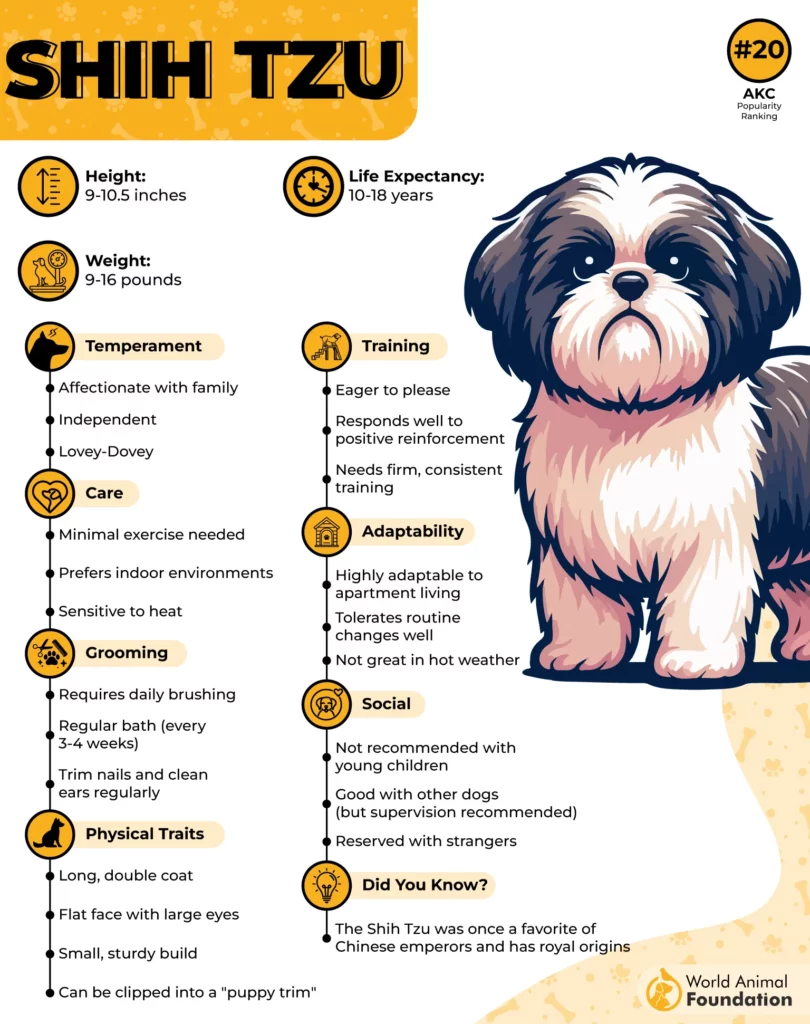
Instinctive Emotional Bonding
Shih Tzus naturally form attachments based on tone of voice and physical closeness. They excel in human companionship, often resting near their favorite person and adjusting calmly to emotional cues. This breed doesn’t just stay nearby—they read the room.
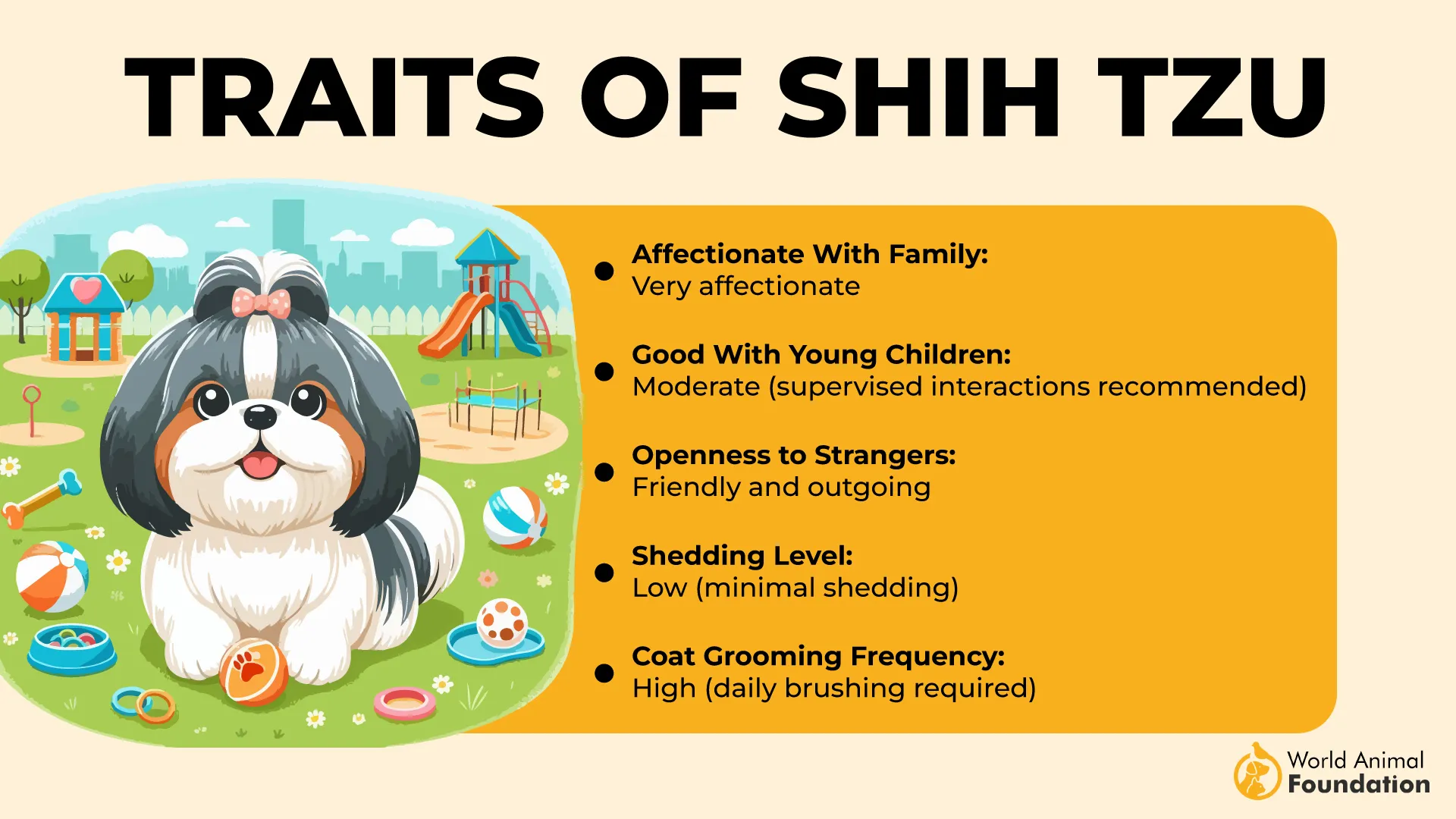
A History Rooted in Royal Preference
With a bloodline linked to ancient Tibetan temple dogs, the Shih Tzu was once called the “lion dog” and gifted between royal courts, as WebMD stated. It remains one of the most popular breeds in the toy group because of its gentle nature, steady behavior, and quiet loyalty.
6. Havanese
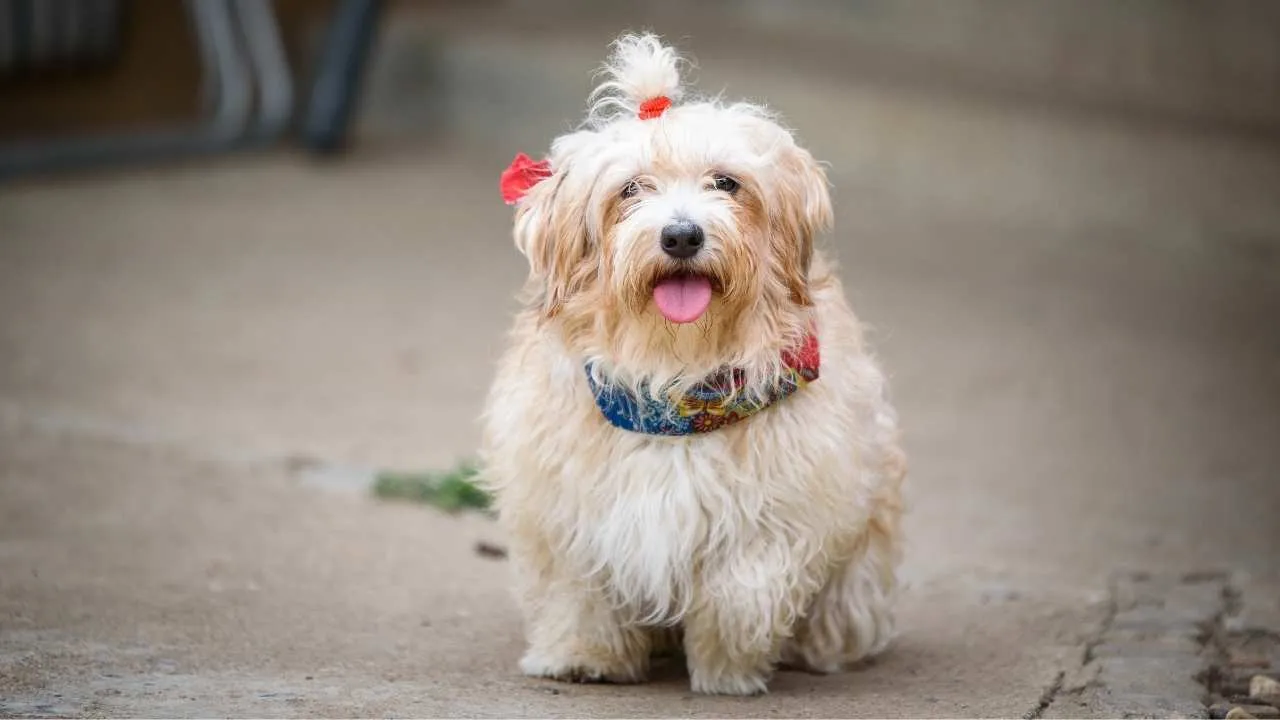
Havanese puppies often tilt their heads during conversation, a trait linked to their ability to identify emotional tones. They pick up on inflections in voice and adjust their behavior accordingly. That attentiveness helps them respond thoughtfully to household routines and requests.
Stronger Physical Endurance Than Expected
They excel in agility sports despite their small frame, showing quick reflexes and impressive coordination. Short bursts of movement—like weaving, leaping, or circling—are part of their muscle memory. Daily games or short obstacle sessions help burn energy and sharpen their focus.
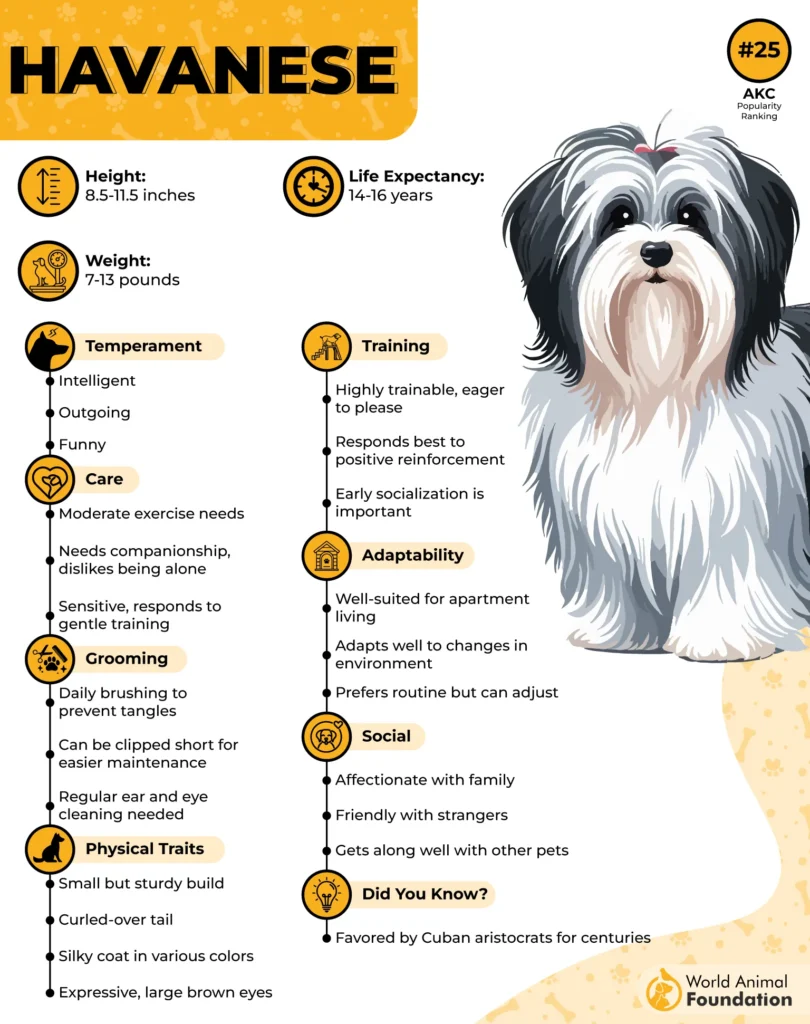
Close-Proximity Social Comfort
They naturally stay within a few feet of their owner during both rest and activity. This isn’t about clinginess—it’s part of their historical development as companion dogs for the Cuban aristocracy. Their comfort in close quarters means they adapt easily to apartment life or family gatherings.
Recognized as Cuba’s National Dog
The Havanese holds official status as the national dog of Cuba, where it was originally bred to accompany upper-class families, as per the AKC. This role shaped their charm and responsiveness. It also explains why their coat evolved to be lightweight and breathable in warm climates.
7. Boston Terrier
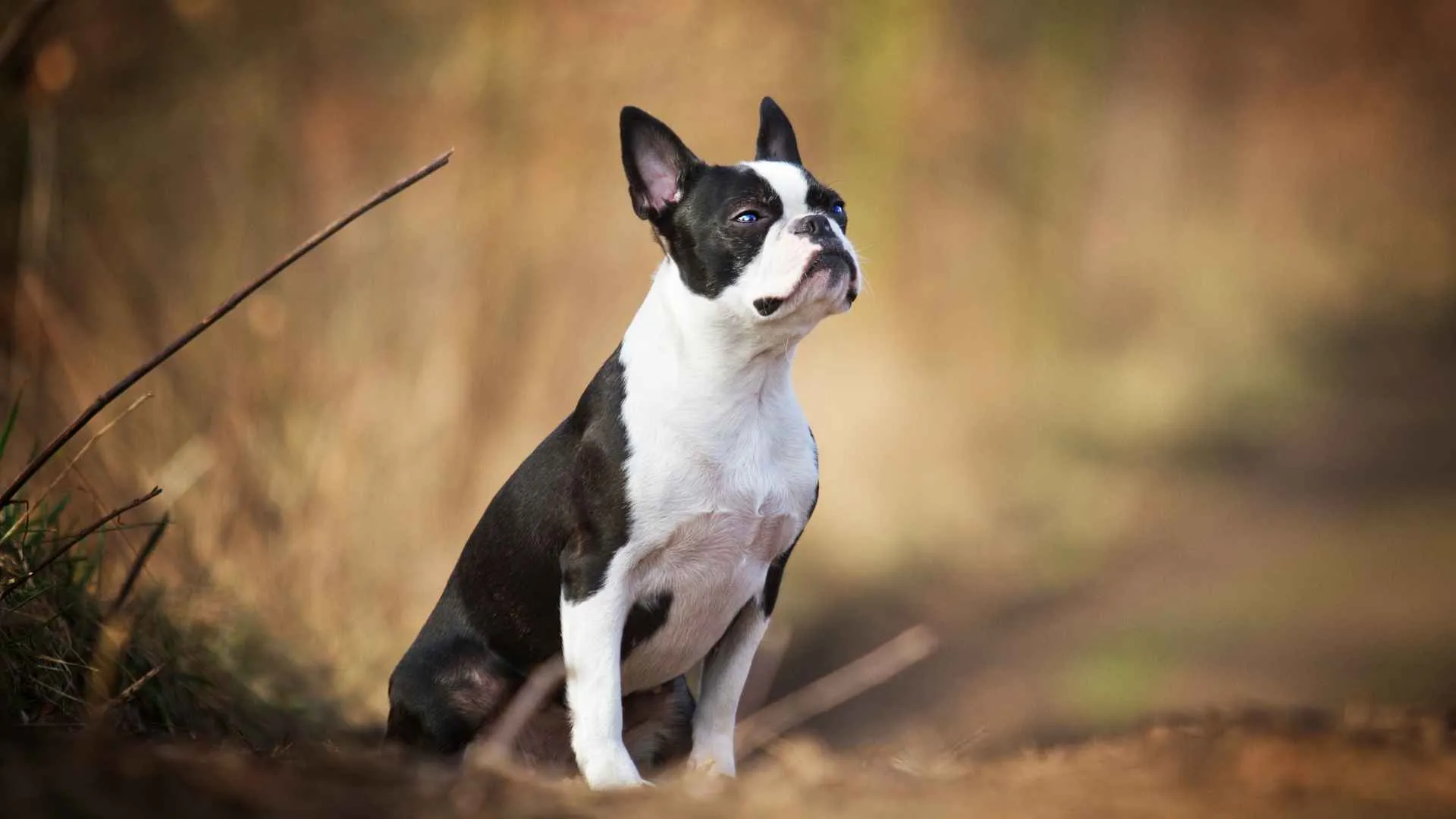
Boston Terriers use expressive eye contact and upright ears to signal needs or reactions. Trainers often highlight how easily they pick up on basic cues during early socialization. That visual attentiveness makes them intuitive around both people and animals.
Naturally Athletic and Agile
They carry a strong chest and compact build, which helps them move with speed and control in bursts. Their short legs don’t limit them—they’re quick over short distances and eager during play. This agility is useful in yards, parks, and active homes.
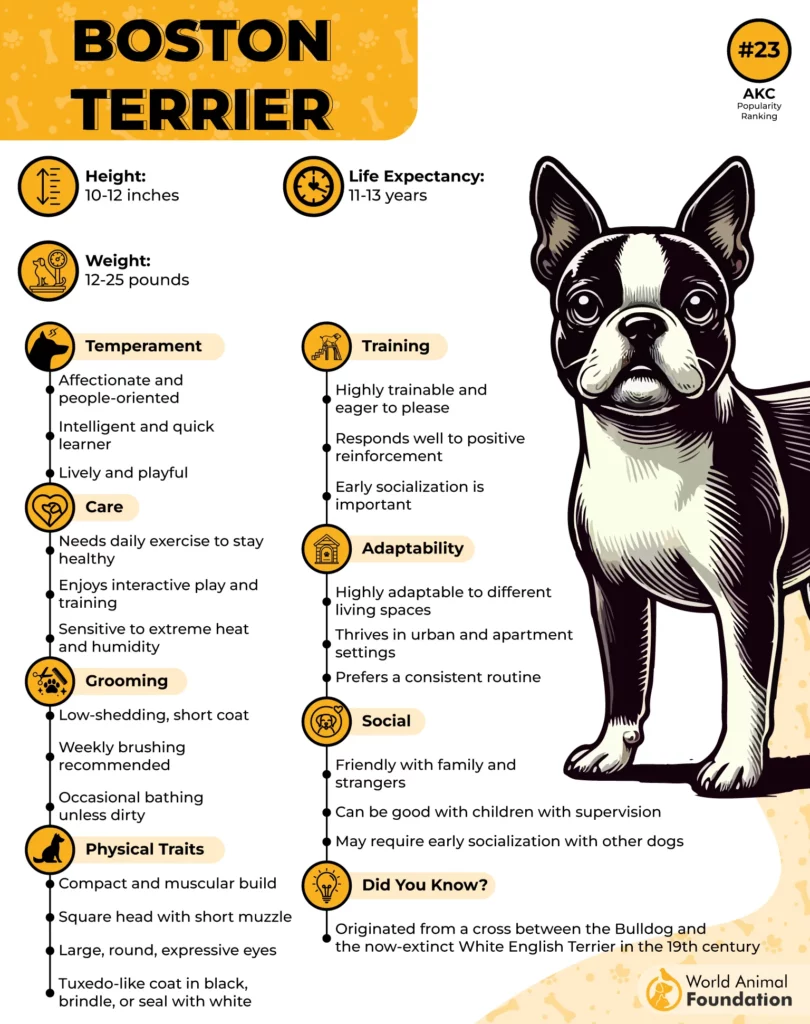
House-Ready Energy Regulation
Unlike high-drive breeds, Boston Terriers can match the energy of the environment without restlessness. If the day is busy, they’re alert and interactive; if it’s quiet, they settle down fast. That self-regulation supports smoother indoor living.
America’s First Official Companion Breed
Boston Terriers were the first U.S. breed to be officially recognized by the American Kennel Club in 1893. Their lineage comes from English Bulldogs and white English Terriers, giving them a confident but companionable personality.
8. Maltese
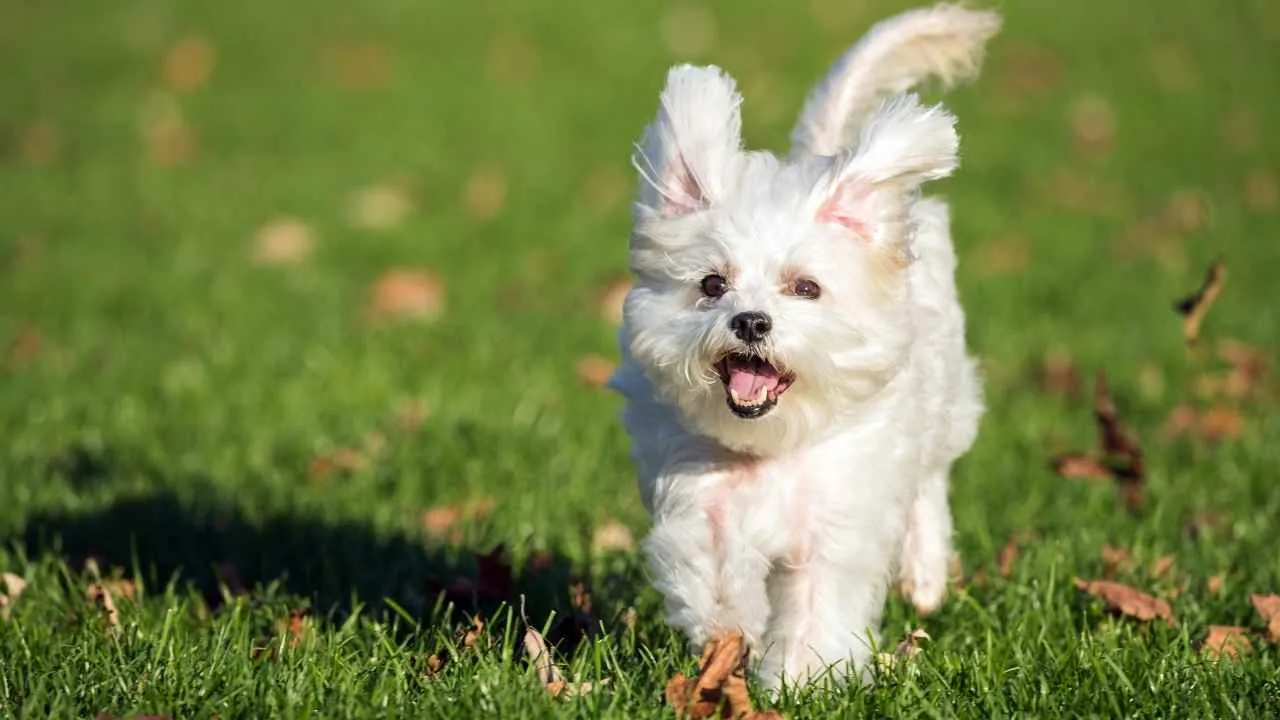
Maltese dogs are highly attuned to small cues—whether it’s a shifting expression or the sound of a distant door. This alertness makes them quick to notice new people or changes in their space. They don’t overreact, but they rarely miss anything.
Agile Despite Small Size
Their frame may seem delicate, but they’re naturally quick on their feet. Many Maltese excel in agility competitions, darting through weave poles and low jumps with control. Their coordination gives them ease in navigating tight corners or cluttered rooms.
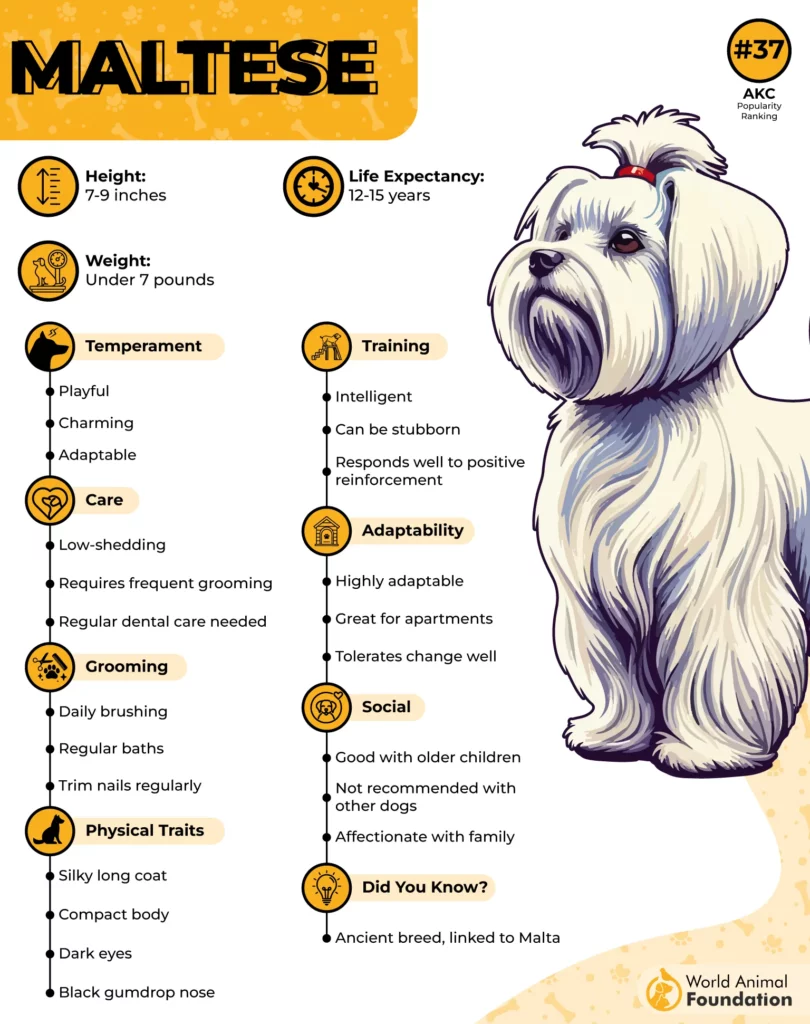
Coat That Reflects Skin Health
Their signature white coat grows continuously, making it closer to human hair than typical dog fur. This texture results in minimal dander, often making them easier to tolerate for allergy-sensitive homes. With routine grooming, the coat remains clean and tangle-free.
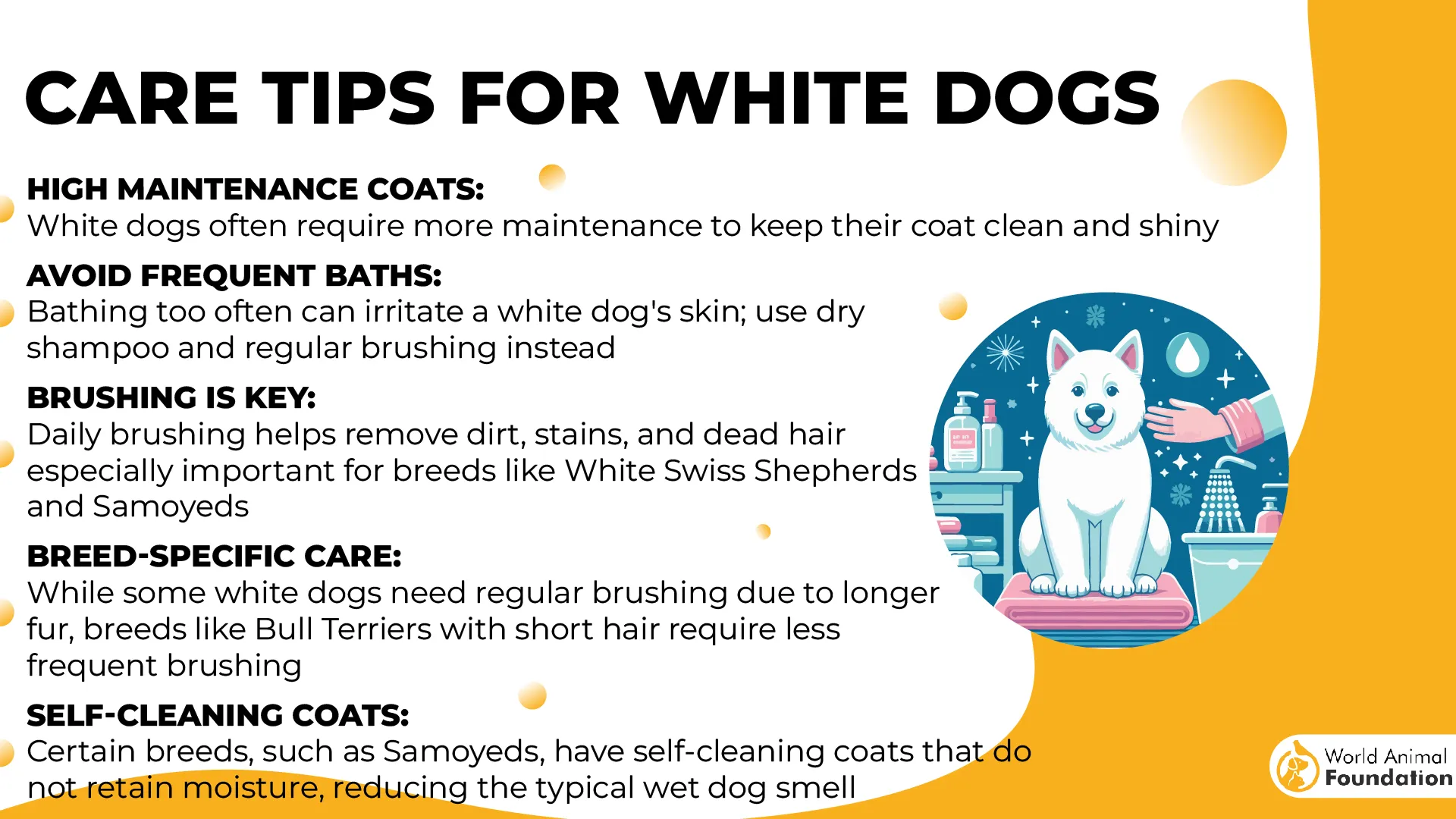
Focused Attention During Interaction
During play or training, they lock in on their handler’s movements with unusual consistency. This focus allows short sessions to feel more productive and connected. They prefer clarity and tend to disengage only when overstimulated or fatigued.
9. Pomeranian
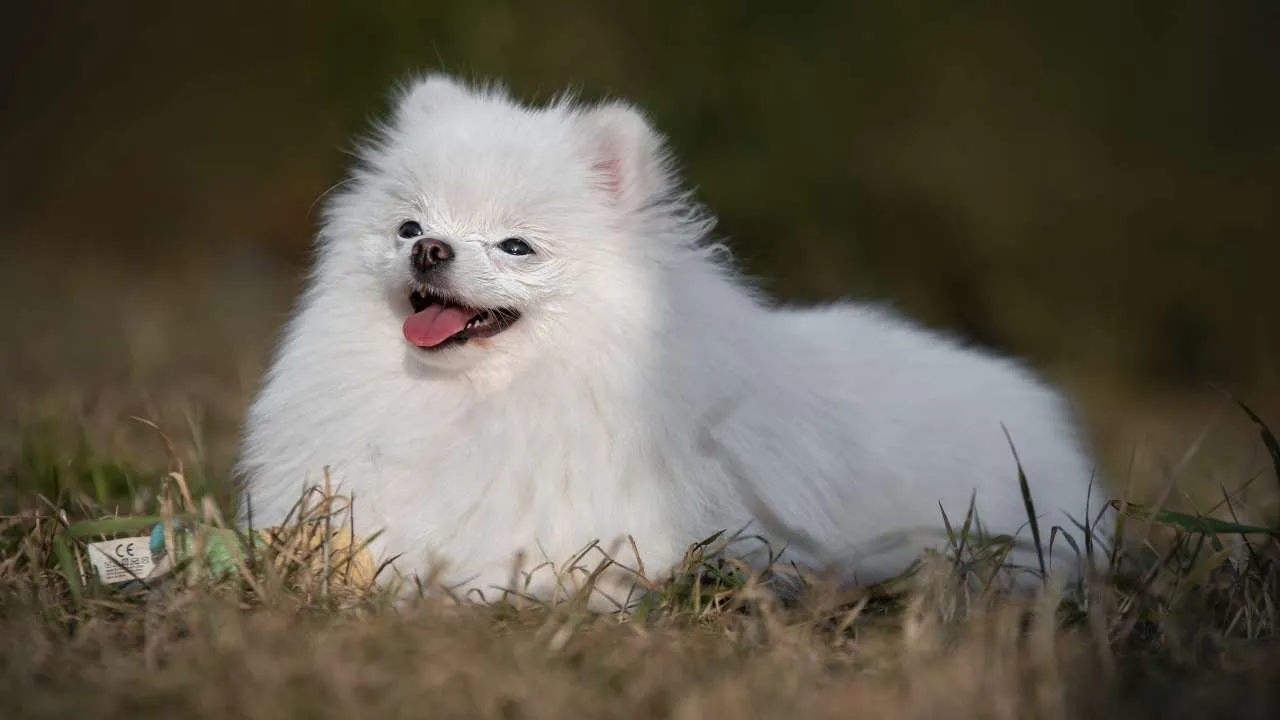
Pomeranians are quick on their feet and naturally inclined to stay active. Their strong hindquarters allow them to leap onto furniture or navigate tight corners without losing balance. Many of them excel in canine sports like rally and obedience due to this built-in agility.
Sharp Auditory Sensitivity
They have finely tuned hearing and tend to respond to even subtle sounds, like keys turning or footsteps approaching a door. This makes them highly aware of changes in their environment, often reacting before larger breeds even notice. It’s not about barking—it’s about alertness.
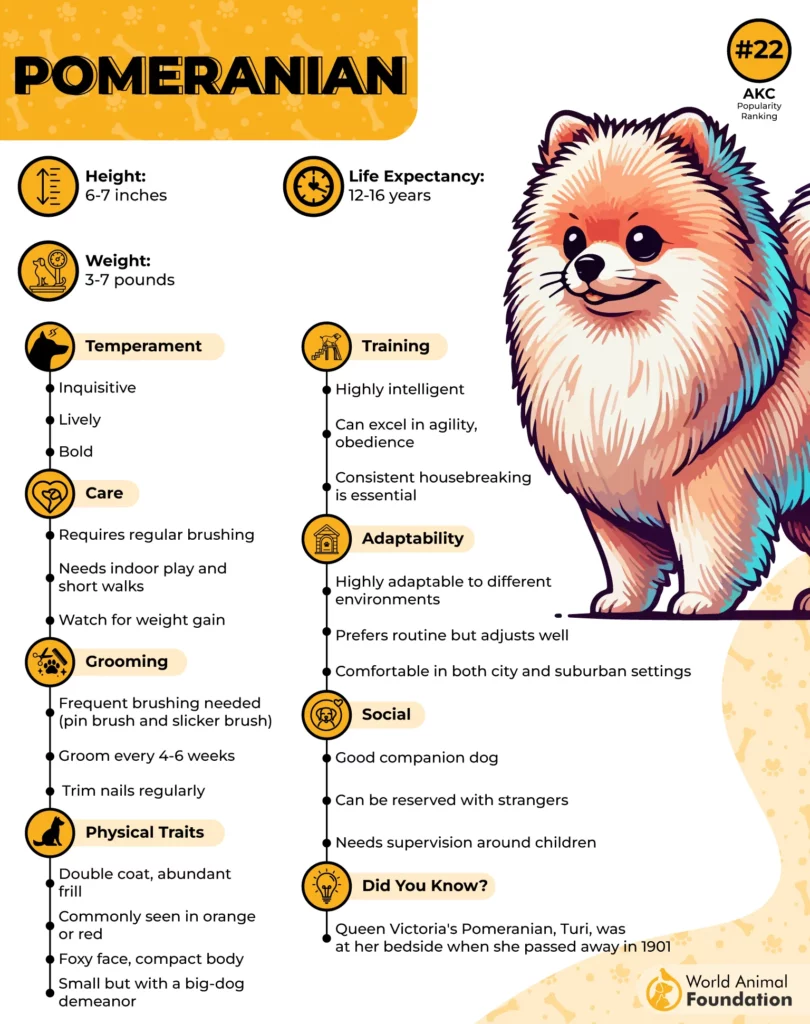
Curious and Mentally Engaged
These dogs have a constant desire to investigate and interact with their surroundings. Puzzle toys, small hide-and-seek games, and scent tracking give them mental stimulation they naturally crave. Without it, they may create their own entertainment using shoes or paper.
Dense Coat With a Dual Purpose
Pomeranians have a thick double coat made up of a soft underlayer and a harsher outer layer. This structure helps regulate body temperature during colder months and provides mild protection against light debris outdoors. The coat requires regular brushing to prevent matting and skin irritation.
10. Yorkshire Terrier
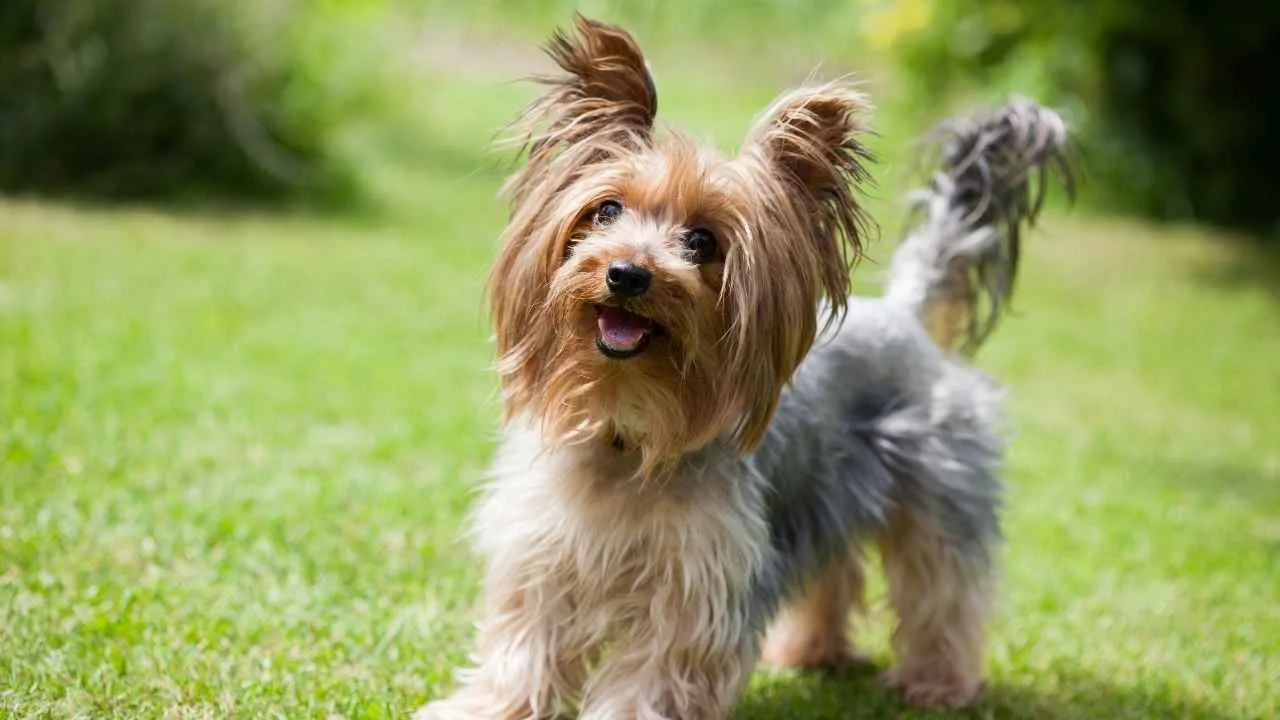
Yorkshire Terriers have finely tuned motor control that makes them skilled at navigating tight spaces and sudden turns. Their compact frame supports quick reflexes, often seen during agility courses. Their coordination allows for fast reactions even in unpredictable environments.
Alertness Refined Through History
Originally bred for catching rats in textile mills, their sense of hearing and pattern recognition is highly developed. They respond quickly to environmental changes, especially subtle movements or faint sounds. That alertness remains part of their instinctive behavior today.
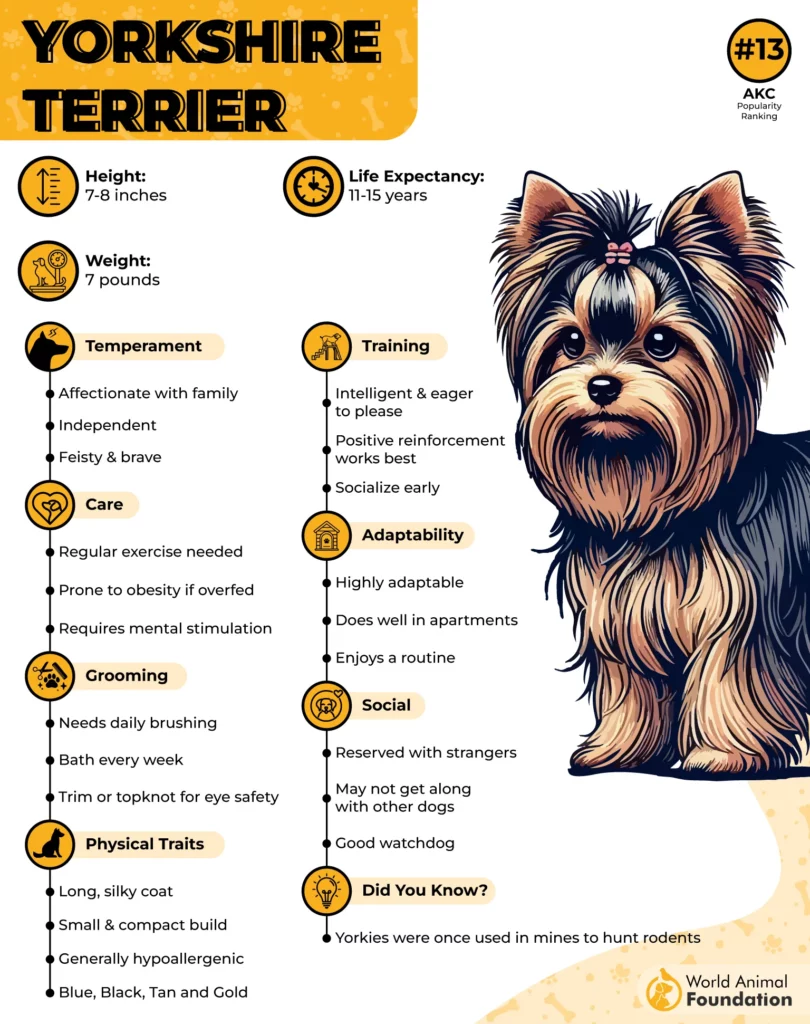
Energy Managed Through Routine
They perform best when given short bursts of structured activity throughout the day. Whether it’s indoor play or scent work, they stay mentally engaged when tasks are purposeful. Idle time often leads to pacing or repetitive behavior without physical release.
Noted for Hair Quality and Maintenance
Their hair grows continuously like human hair and lacks an undercoat, which reduces shedding but increases grooming needs. In dog shows, it’s common to see the coat split cleanly down the middle. This silky texture once led them to be nicknamed “the tomboy toy.”
Conclusion
Friendly puppies grow into dogs that make everyday easier. These breeds are both lovable and adaptable. Some do best with daily exercise and long walks. Others stay content with calm mornings and a gentle play session.
If you’re looking for a low-maintenance friend or a lively pup for active families, there’s a match here for every pace. Even a large dog can be the right choice with proper care, especially when health issues are monitored early.
From lazy afternoons to bursts of dog sports, these breeds offer more than affection—they bring balance. With time, patience, and routine, your puppy becomes more than a pet. They become home.


